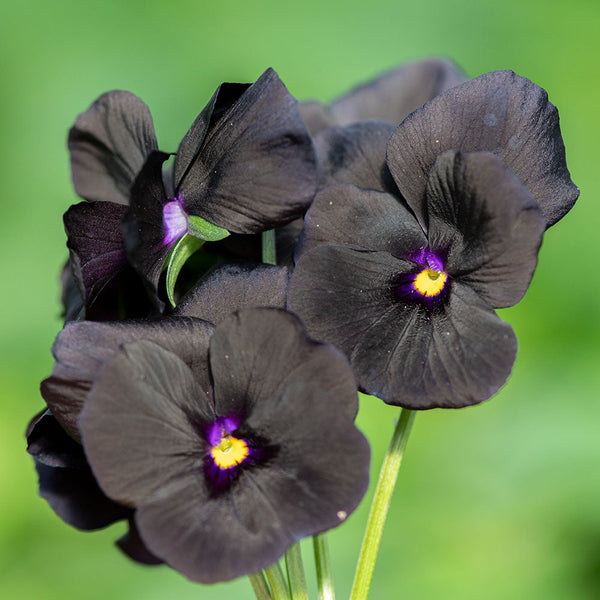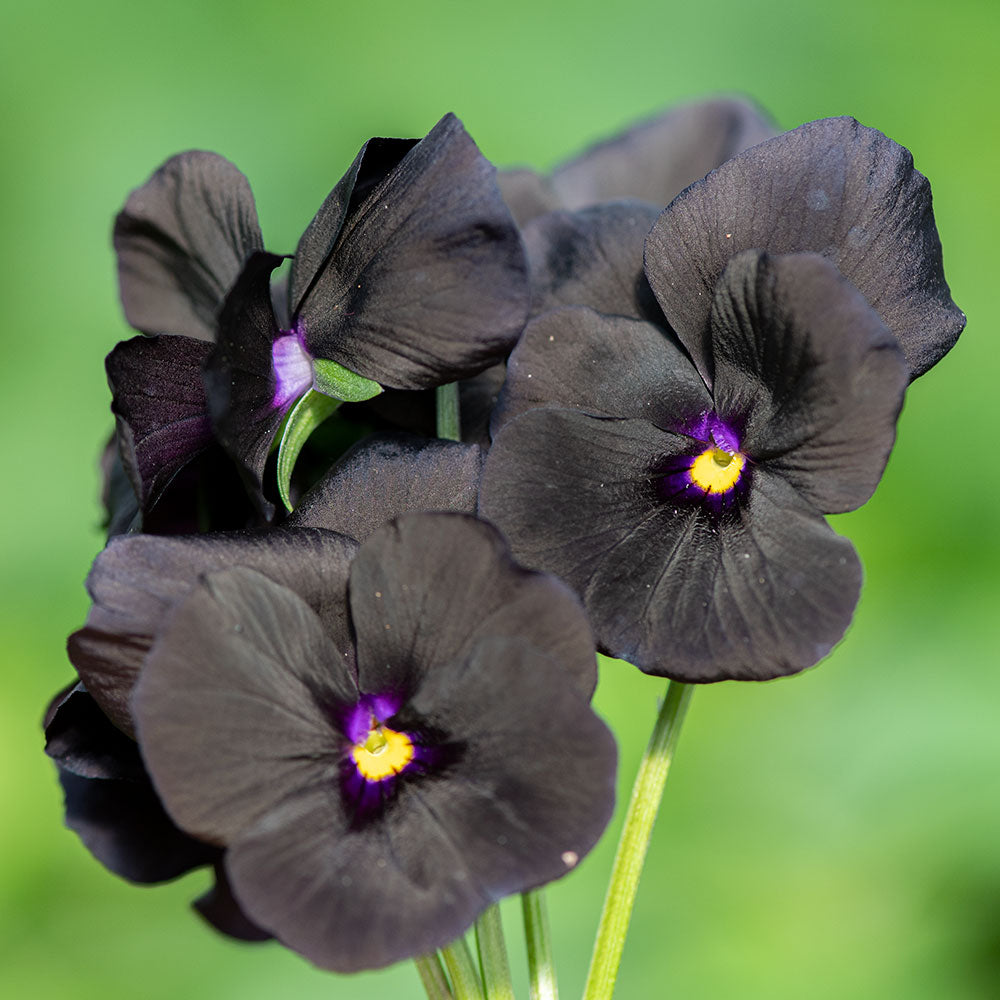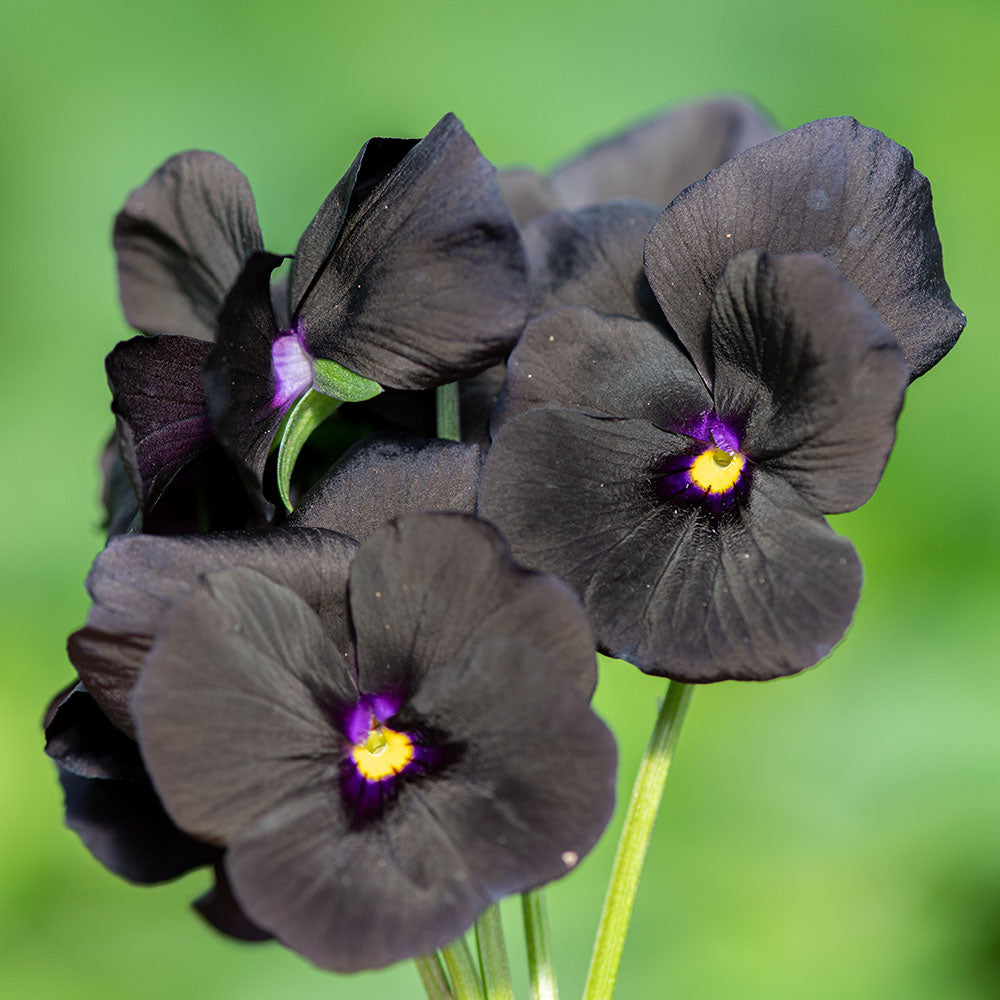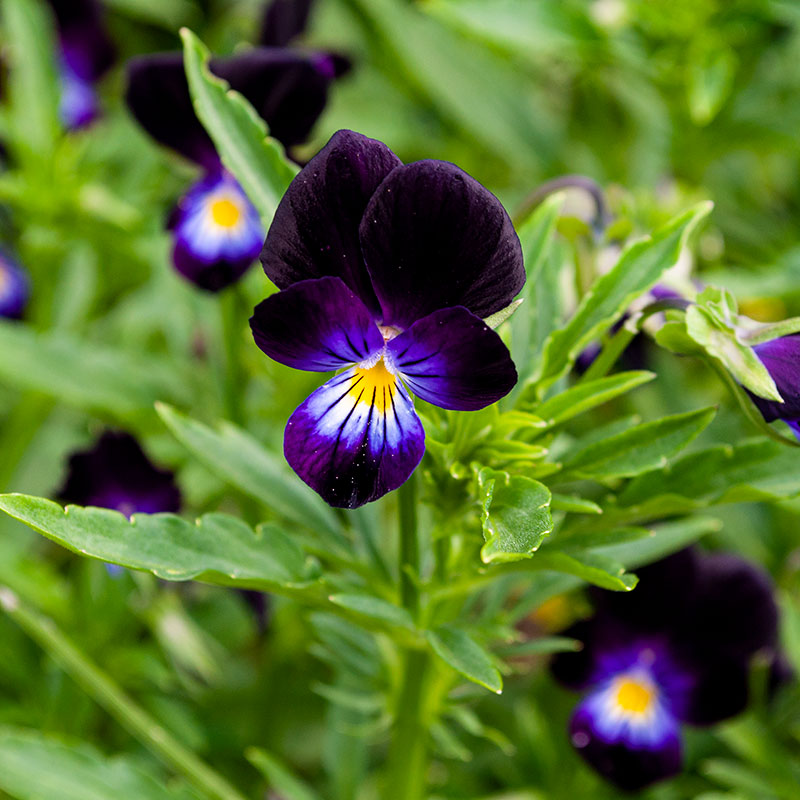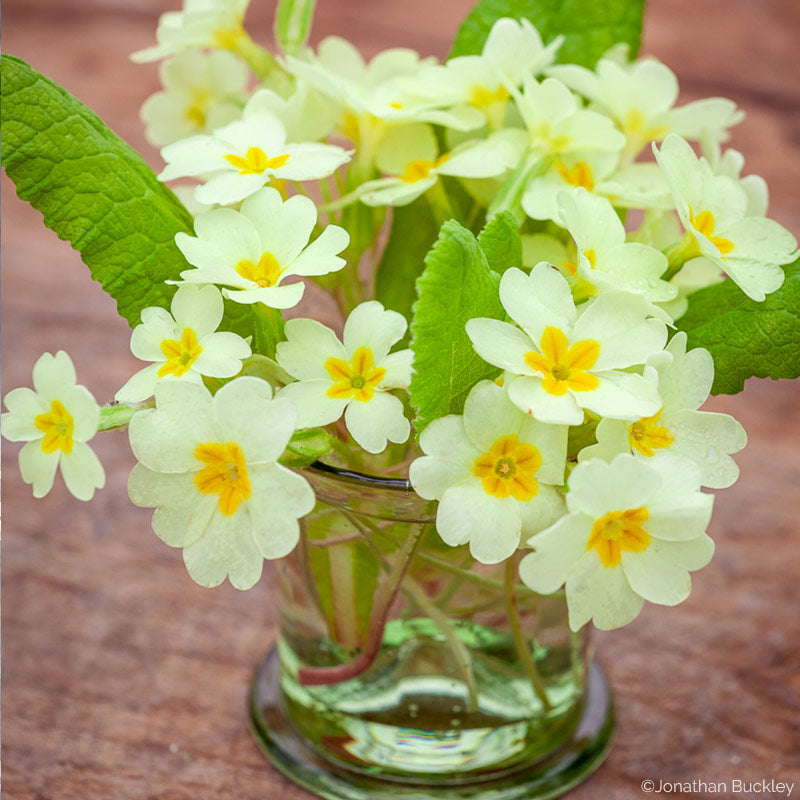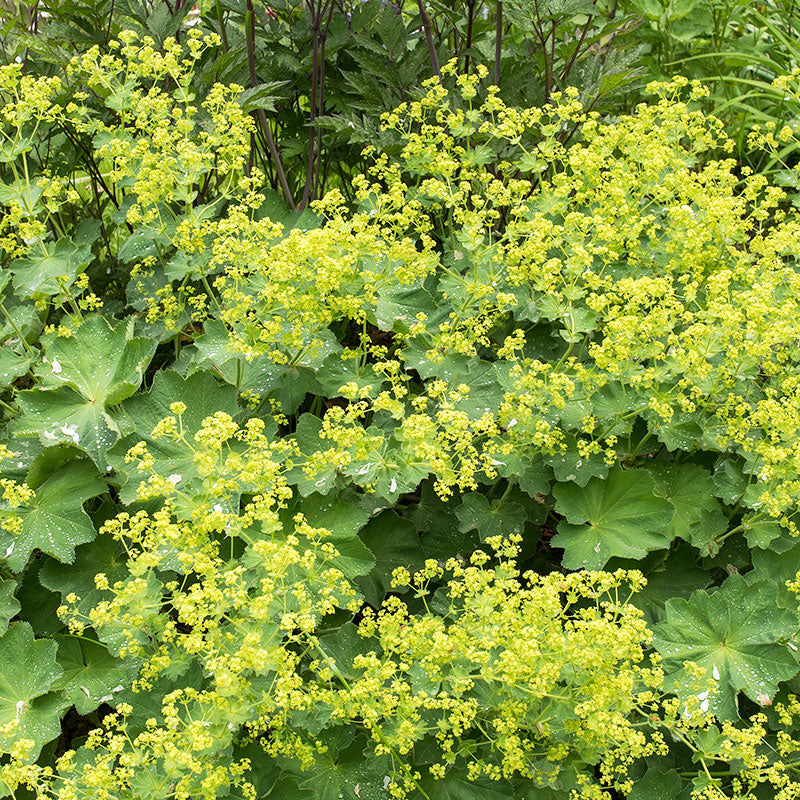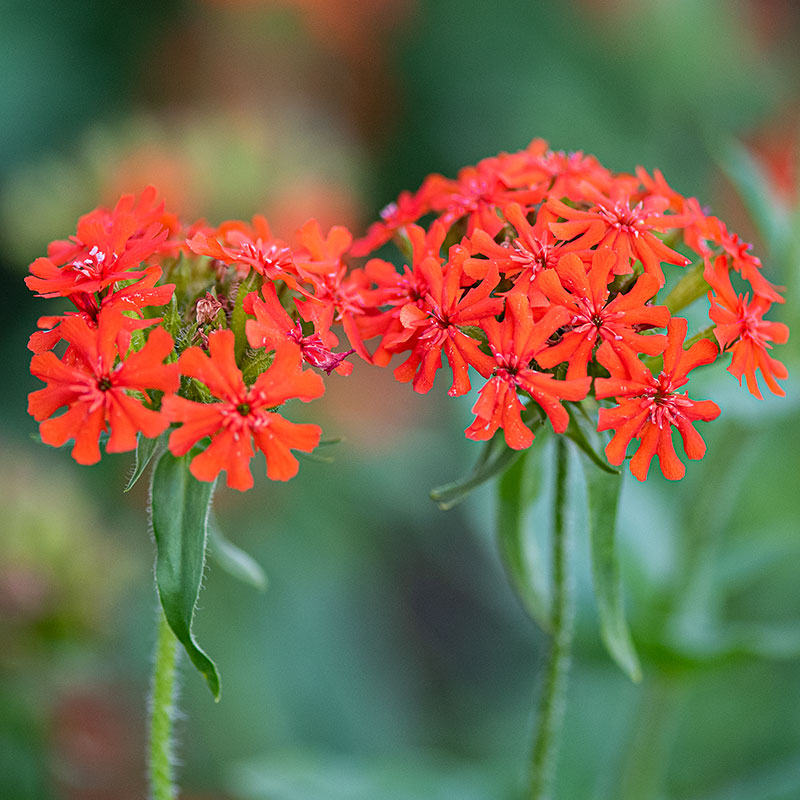Plant
Viola 'Molly Sanderson'
Viola hyb.
A passalong plant that traveled from southern England to Molly's garden in Northern Ireland, this satiny viola has since made its way to the US and into our hearts! Coal black little pansy faces have a bright gold eye and bloom spring to early summer, with a repeat performance in the fall, especially if sheared gently and fertilized with flower fertilizer. Stunning combined with the lime green foliage of feverfew' Aureum'.
SKU #P4710
Buy more and save!
| Minimum Qty | Discount |
|---|---|
| 3 + | $0.20 off each |
| 6 + | $0.45 off each |
Growing Companions






























